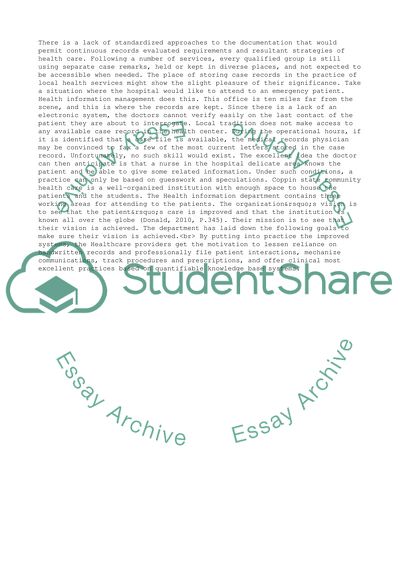Cite this document
(Health Information Management Project: Coppin State Community Health Research Paper, n.d.)
Health Information Management Project: Coppin State Community Health Research Paper. Retrieved from https://studentshare.org/management/1607053-health-information-management-project
Health Information Management Project: Coppin State Community Health Research Paper. Retrieved from https://studentshare.org/management/1607053-health-information-management-project
(Health Information Management Project: Coppin State Community Health Research Paper)
Health Information Management Project: Coppin State Community Health Research Paper. https://studentshare.org/management/1607053-health-information-management-project.
Health Information Management Project: Coppin State Community Health Research Paper. https://studentshare.org/management/1607053-health-information-management-project.
“Health Information Management Project: Coppin State Community Health Research Paper”, n.d. https://studentshare.org/management/1607053-health-information-management-project.


